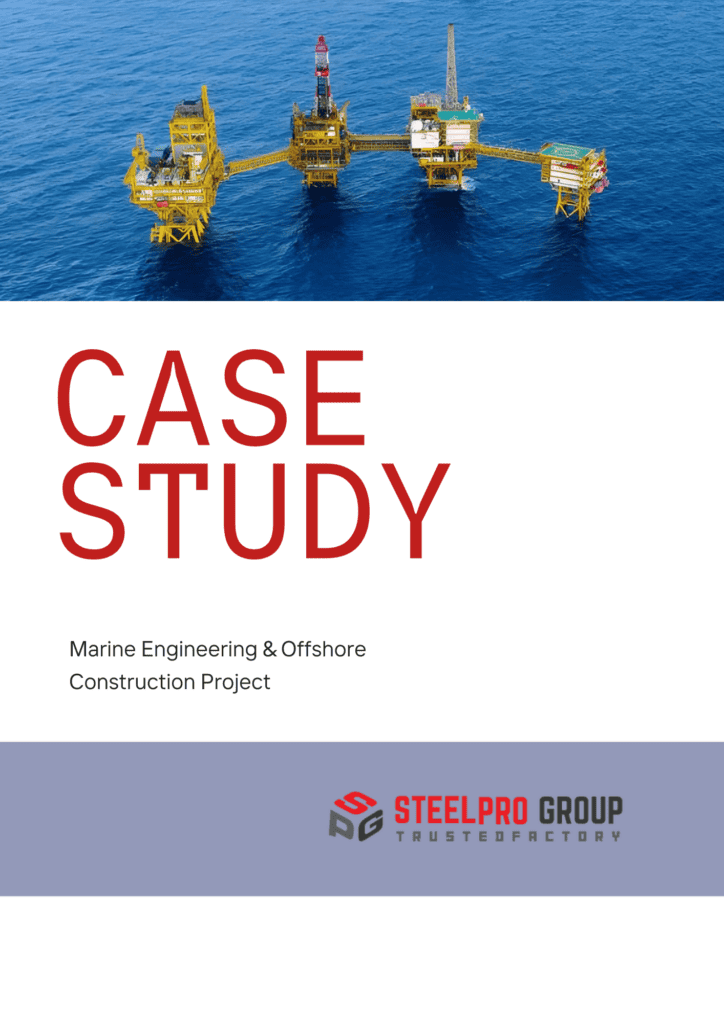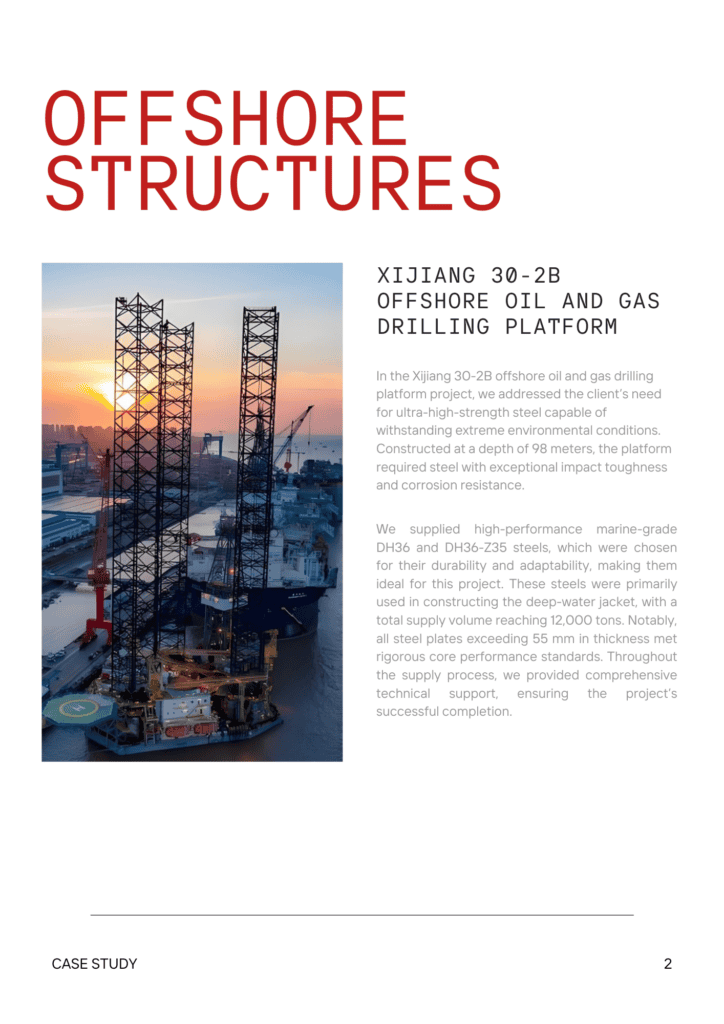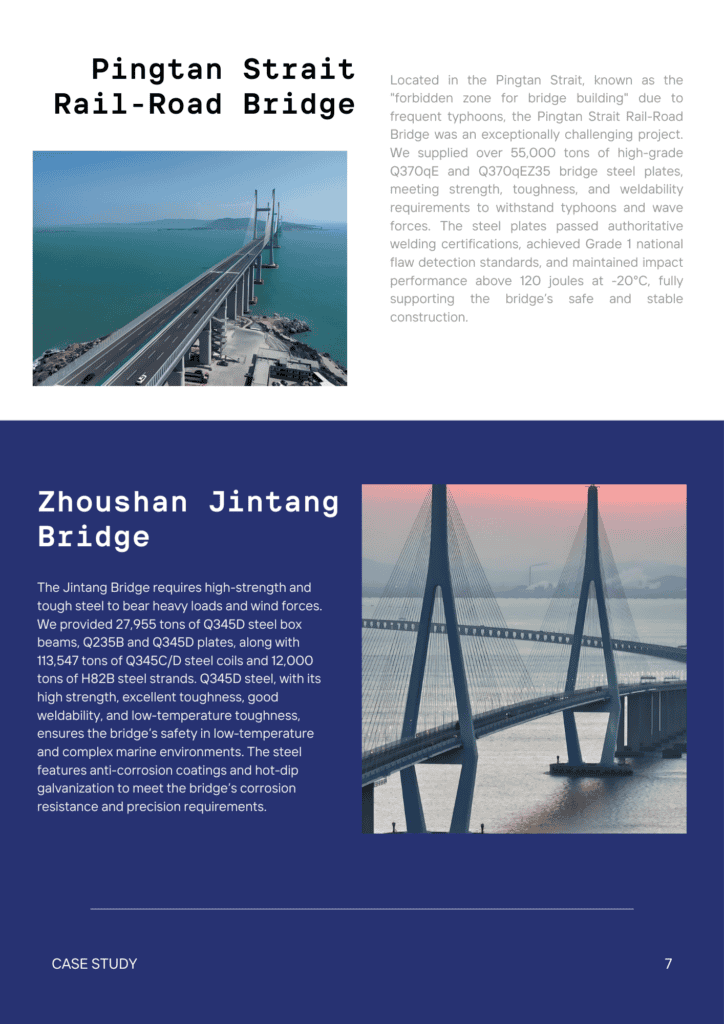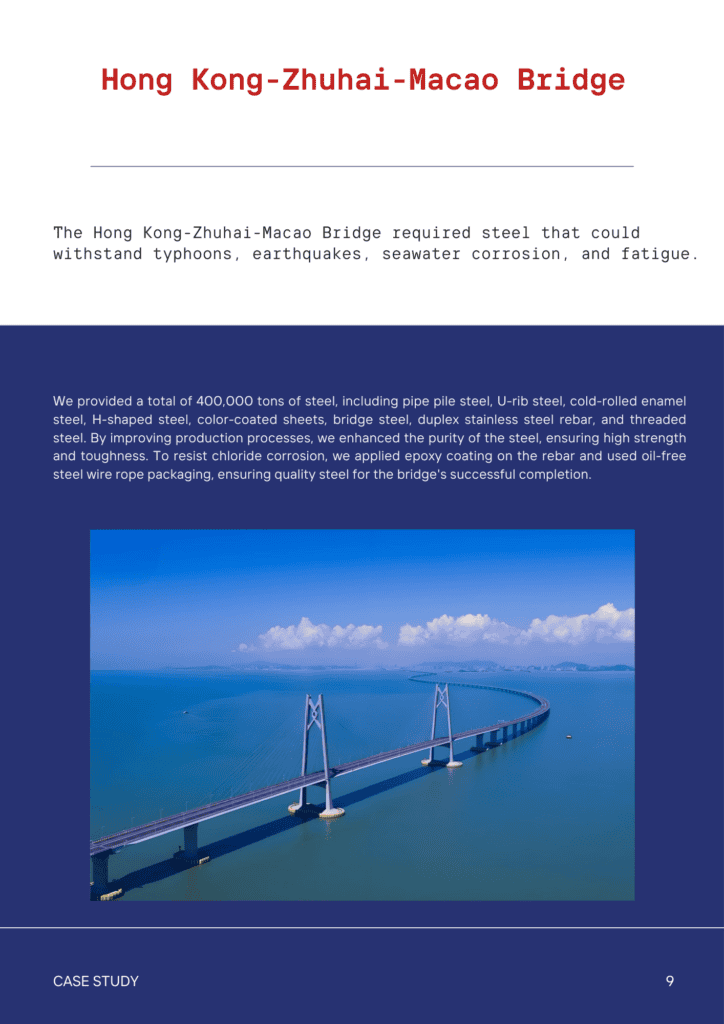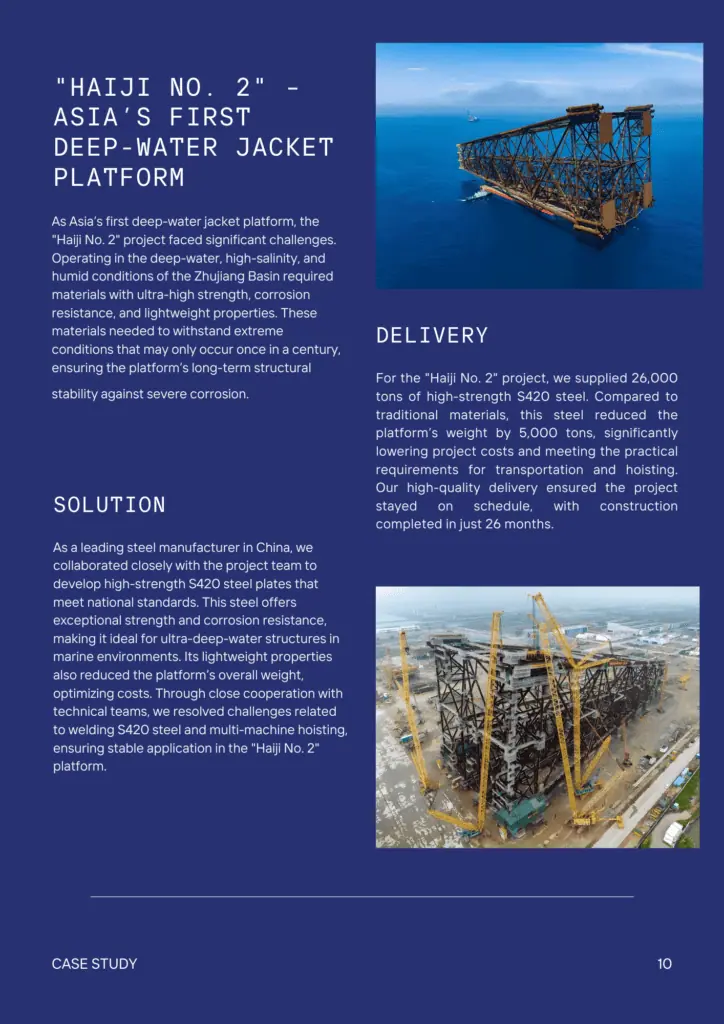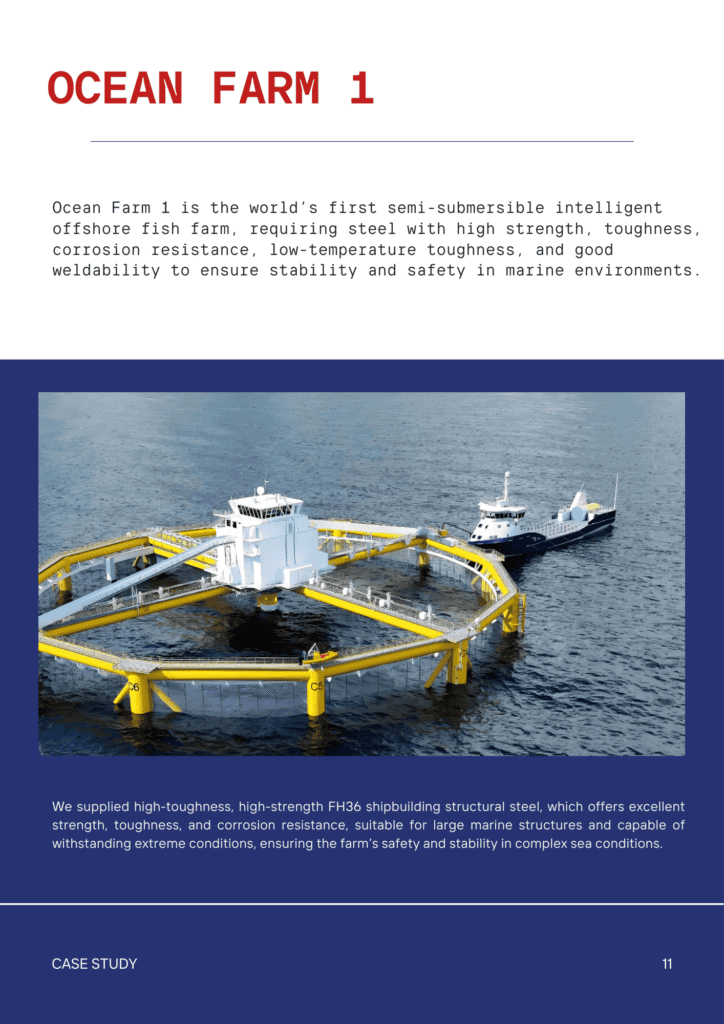Contents
What Is Die Steel? Properties, Grades, Applications
- John
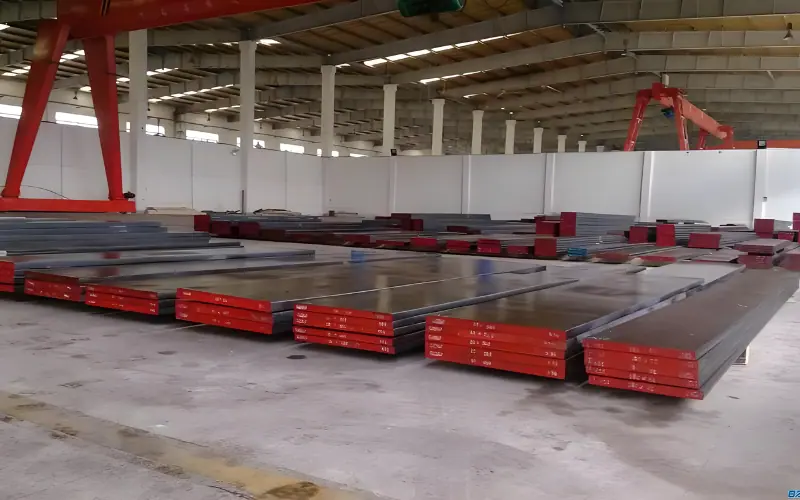
As a worldwide expert in steel production, SteelPro Group recognizes the critical importance of tool steel in demanding applications. This article examines its essential characteristics, classifications, and applications to guide you in selecting the ideal option.
What Is Die Steel?
Die steel is a high-performance material used for dies, molds, and tooling in casting, forging, and stamping. It is classified into cold work, hot work, and plastic mold steels. Its properties—wear resistance, toughness, and high-temperature hardness retention—are due to alloying elements like carbon, chromium, and vanadium. Its notable grades include D2, H13, and P20.
Properties of Die Steel
- High wear resistance: Can withstand up to 50% longer service life compared to standard steels under similar operating conditions.
- High toughness: Charpy impact tests show values ranging from 30-50 J/cm², depending on grade, ensuring excellent resistance to cracking or breaking under extreme impact loads.
- Excellent hardness retention at high temperatures: Retains hardness up to 500°C (932°F) for grades like H13, making it ideal for hot working applications without significant loss of strength.
- Outstanding corrosion resistance: This can be up to 2-3 times more resistant to rust and deterioration than standard steels, particularly in grades like P20, due to chromium and nickel alloying elements.
- Superior heat treatability: Capable of achieving Rockwell C 50-60 hardness, with precise control during tempering, enabling customized mechanical properties for specific applications.
- High compressive strength: Able to handle pressures exceeding 1000 MPa, ensuring reliability in high-stress die-casting and stamping operations.
Grades of Die Steel
Selecting the right die steel is crucial for achieving optimal performance in various industrial applications. Below, we present a detailed overview of the most common types of die steel grades, highlighting their key properties.
| Category | Grade | Key Properties |
| Cold Work Steel | D2 | High wear resistance, excellent hardness, and good dimensional stability. |
| A2 | Good wear resistance, high dimensional stability, and good edge retention. | |
| S7 | High toughness, excellent shock resistance, ideal for high impact and sudden loading. | |
| Hot Work Steel | H13 | Excellent thermal conductivity, high toughness, and great heat resistance. |
| Plastic Mold Steel | P20 | Good machinability, high surface hardness, and excellent surface finish. |
| NAK80 | Outstanding machinability, high surface hardness, and excellent precision. |
Factors Affecting Die Steel Selection
When choosing die steel, we focus on a few key factors to make sure you get the right material for your needs. These include the temperature the die will face, how much wear it will endure, and how tough the material needs to be.
For high-temperature work, like die-casting, we recommend H13 for its excellent heat resistance. For cold work like stamping or cutting, D2 or A2 are ideal, with D2 offering higher wear resistance and A2 providing better toughness.
For impact resistance, the S7 is the best choice, known for its toughness under shock. For precision and surface finish in plastic molding, P20 and NAK80 are perfect as they’re easy to machine and provide smooth finishes.
If dimensional stability is important, A2 holds its shape well under varying temperatures.
Let us help you select the perfect die steel for your project—contact us today to find the best solution tailored to your specific needs.
What are the Applications of Die Steel?
Die steel is used in industries requiring high strength and durability, including:
- Metal Stamping: Automotive and appliance parts.
- Injection Molding: Plastic and rubber molds.
- Die-casting: Molds for aluminum, zinc, and other metals.
- Forging Dies: Components like gears and shafts.
- Extrusion Dies: Metal shapes like pipes and rods.
What is the Difference Between Die Steel and Tool Steel?
Die steel is a category of tool steel, specifically engineered for high-temperature conditions, offering exceptional toughness and wear resistance. While both are used for tools, die steel is optimized for heavy-duty processes like stamping, while tool steel is more versatile.
What Makes Die Steel Difference?
Alloy Composition
High Carbon Content: Die steels often have higher carbon content compared to other tool steels, which enhances hardness and wear resistance.
Chromium and Vanadium: Chromium improves corrosion resistance and hardness retention at high temperatures, while vanadium enhances wear resistance and strength.
Molybdenum: Present in some hot work die steels, molybdenum increases high-temperature strength and heat resistance, making them ideal for hot forging and die-casting applications.
Heat Treatment
Die steel undergoes precise heat treatment to optimize its hardness, toughness, and thermal stability. The process typically includes:
Hardening: The steel is heated to 800°C to 1050°C (1472°F to 1922°F), followed by rapid cooling, which results in a hard martensitic phase, enhancing its resistance to wear.
Tempering: The steel is reheated to 150°C to 650°C (302°F to 1202°F) to reduce internal stresses and improve toughness while preserving its hardness.
Precipitation Hardening: Some die steels, like those for plastic molding, undergo precipitation hardening with elements like copper or aluminum to improve hardness and fatigue resistance.
Find the Perfect Die Steel for Your Industrial Needs
At SteelPro Group, we provide a wide range of high-quality die steel grades, including D2, H13, and P20, tailored to meet the specific requirements of your industry. Get in touch with us today to discuss your project needs and let our experts help you choose the ideal die steel solution to enhance your production efficiency and tool life.



